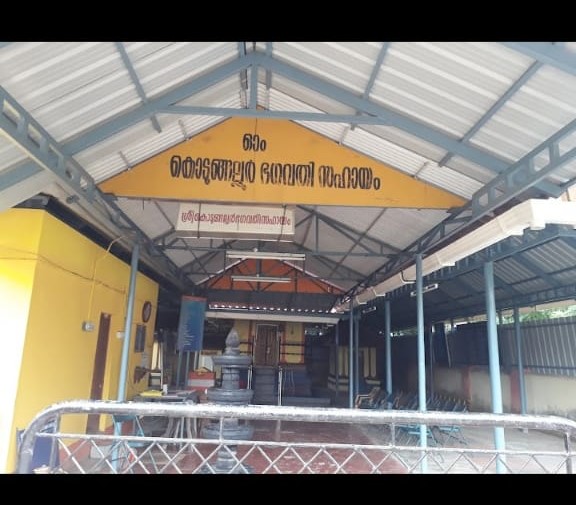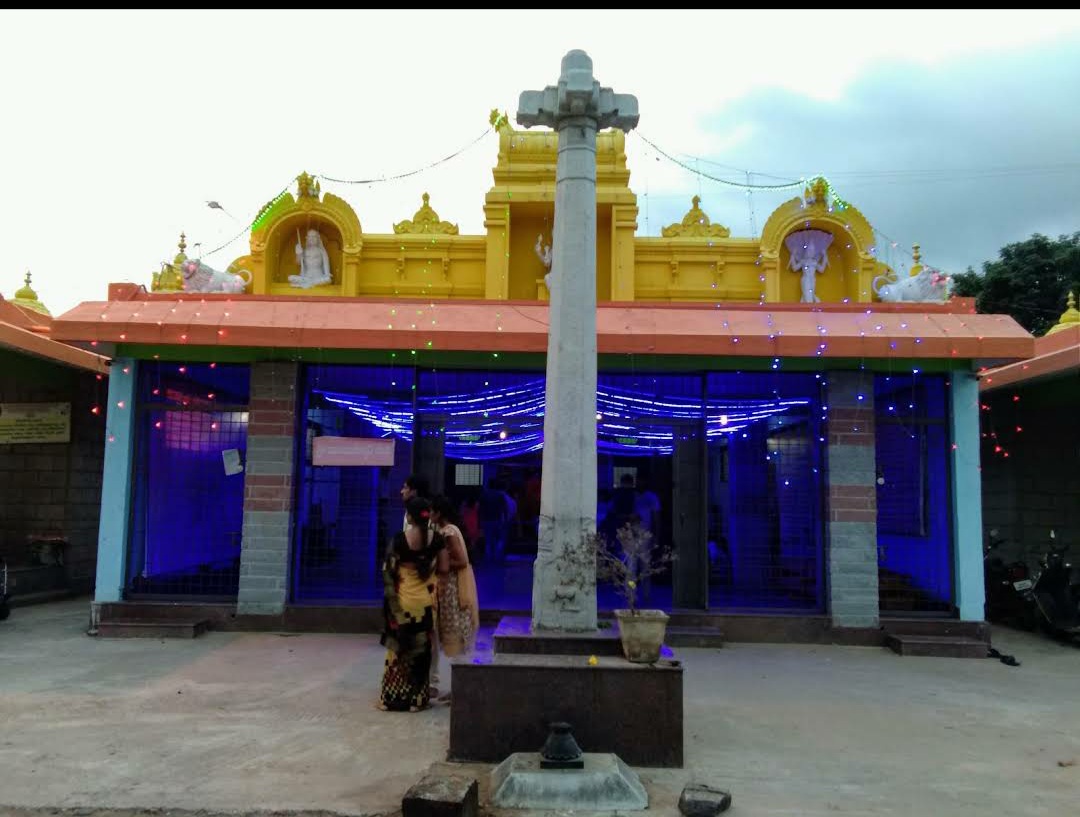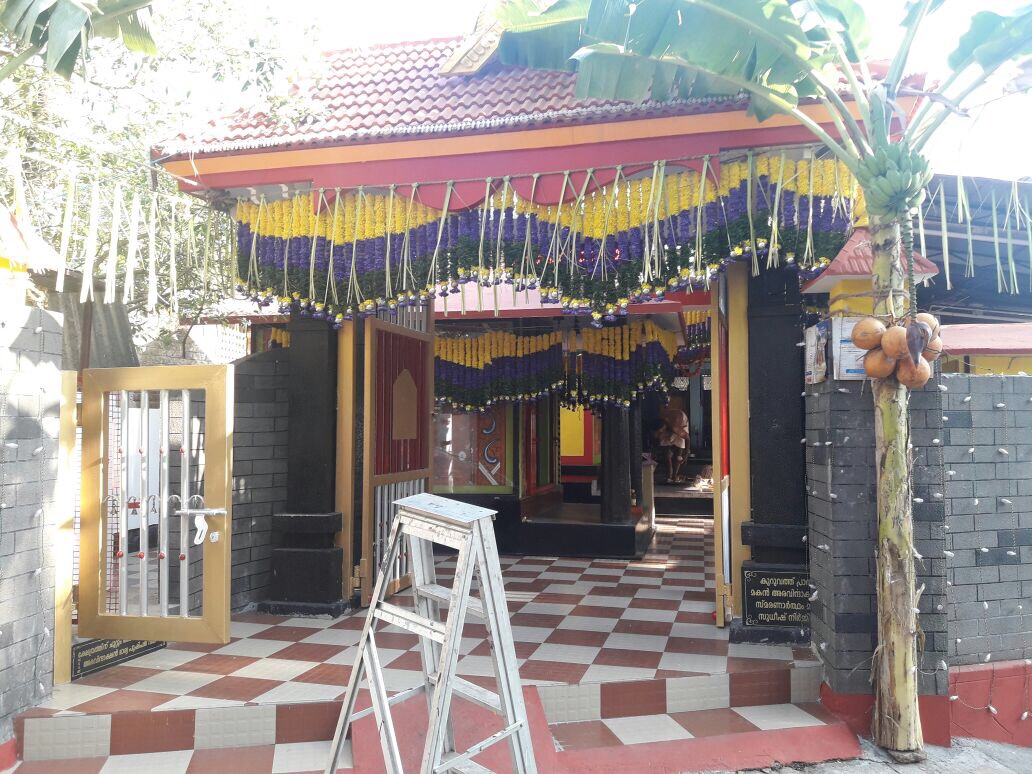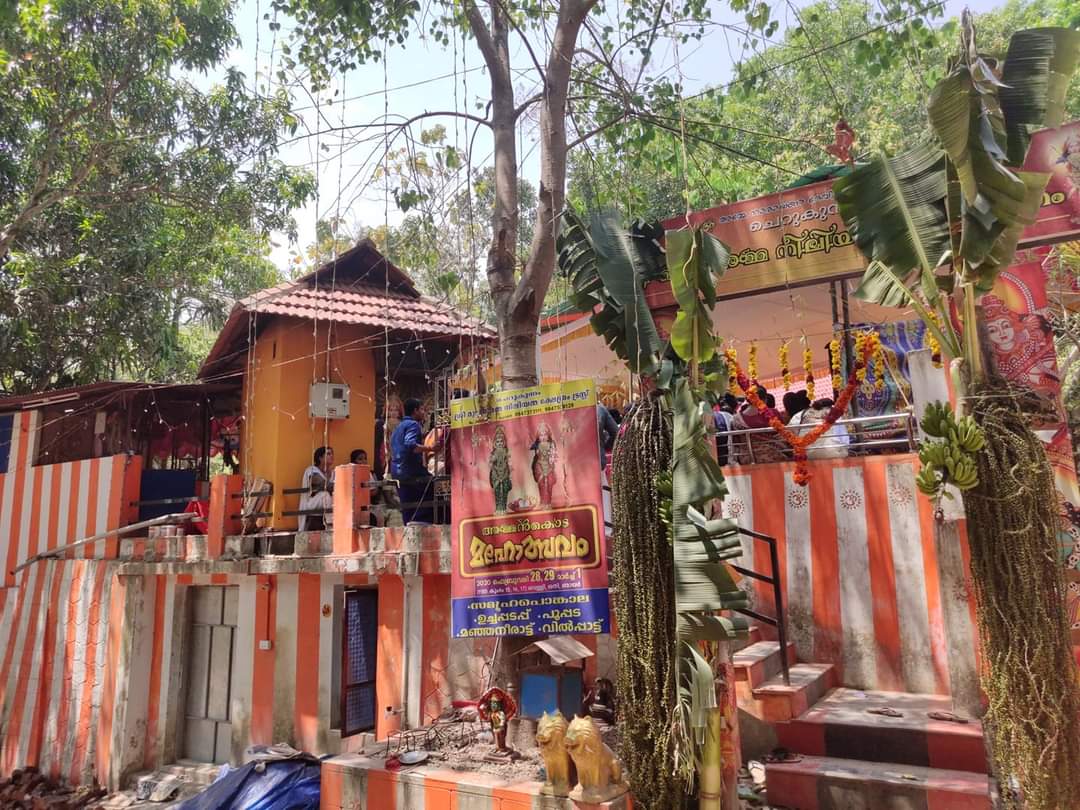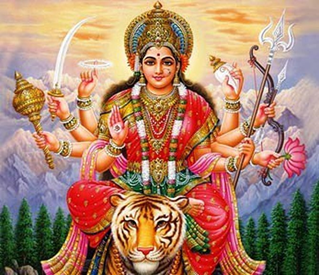
Devi, also known as Mahadevi or 'Great Goddess', is an all-embracing Mother Goddess first worshipped in India in Prehistoric times. In the Vedic period, she was assimilated into the Hindu pantheon and so came to represent the female energy or Sakti (Power) of her husband Shiva. Both Devi (meaning goddess in Sanskrit) and Sakti may also be used more generically to reference any female Hindu goddess, especially Parvati, Lakshmi, and Sarasvati. Devi is most often manifested as the fearsome female warriors Durga and Kali, both of whom famously killed a number of terrible demons in Hindu mythology. Devi is also the mother of Nandi, Shiva's doorkeeper and bull; Skanda, the six-headed god; and Ganesha, the elephant-headed god.
Devi's character has two opposing sides represented by various separate female deities: as Uma, the benevolent, and as Durga, the terrible. It is as the latter, more fierce personification that she is most frequently worshipped. Her dark side can also take the form of the fearsome black goddess Kali. The deity has a myriad of many other names and may, for example, also be referred to as Vindhyavasini, Kanya (the Virgin), Mahamaya (the Illusion), and Bhutanayaki, the queen of the Bhuta, those ghosts and goblins who haunt graveyards, make the dead live again, and trick the living so that they might feast on their flesh.
Devi's more benevolent side is worshipped as Uma, and this facet of her character is represented as both beauty and light. This softer side is also referred to as Jaganmata (Mother of the World), Gauri (Yellow and Brilliant or Golden), Bhavani, Haimvati, and Parvati (the Mountaineer).
Devi's dark side is represented as the terrible Durga (the Inaccessible) who has ten arms, an impressive armoury of weapons, and who rides a magnificent lion or tiger. This side is further manifested in the forms of Kali, Kalika or Syama (the Black Goddess); Candi or Candika (the Fierce), in which guise she killed many a demon or asura; and Bhairavi (the Terrible). Worshippers of this face of Devi seek her favours and dark powers and so make blood sacrifices and perform wild rituals in the ceremonies of Durga-puja, Carak-puja, and the Tantrikas which call on Durga's sexual and magical powers.
Devi appears in various episodes of the Mahabharata, the Puranas, and other, later, Hindu religious texts. One of Devi's most famous mythological escapades is her slaying of Mahisa, the demon who had the body of a man and the head of a buffalo, as told in the epic poem the Candipat (or Candi-mahatmya), which is part of the Skanda Purana. Ambitious Mahisa wanted to take over the world, no less, and so led an army of demons to wage a 100-year battle with the gods. Doing rather well, Mahisa managed to kick most of the gods out of heaven, forcing them to wander the earth as mere men.
Eventually, the situation got so bad that Brahma gave a rousing speech to his fellow gods Vishnu and Shiva during which he told of Mahisa's great mischief. Outraged, the two great gods became so furious that divine fire blazed from their mouths. At the same time, fantastic energies came forth from the similarly indignant bodies of Indra, Yama, and all the other gods. Swirling around heaven, this tremendous energy condensed into a single mass and formed the terrible goddess Durga. As with many Hindu tales, this is but one version of Durga's birth. In other versions, Devi has already long existed as the daughter of Himavat, the personified deity of the Himalaya Mountains, and in this episode she is only given weapons by the angered gods. These arms include a discus, trident, bow, sword, dagger, harpoon, and a noose
Durga is given the task of seducing and then killing the troublesome Mahisa. Hiding herself in a refuge on the sacred Blood-red Mountain (aka Tawny Mountain) and spending her time performing acts of asceticism, the goddess set four young boys as guards, one on each face. Mahisa's followers came across these guards and wondered just who they were protecting. Disguised as birds, they managed to access the sanctuary and so caught sight of the lovely goddess. Returning to Mahisa, they aroused his desire to possess Durga. Accordingly, he disguised himself as an old man and so gained access to the refuge. Mahisa then revealed himself and boasted of his tremendous wealth and power so that Durga might be persuaded to marry him. Durga's somewhat dismissive response to this proposal was to transform herself into fire. Then, riding her lion, she swung her formidable array of weapons, but Mahisa wisely fled the scene to fight another day. The goddess would have to employ more subtle means to rid the world of the buffalo demon.
Durga and Mahisa soon met again on the battlefield in a terrible clash which shook the mountains. The problem for Devi was that whenever she tried to strike Mahisa with a fatal blow he transformed into another creature - from a buffalo to a man to a lion, then to an elephant and back to a buffalo. At this moment, the goddess pounced and, straddling the creature, stabbed him in the neck with her trident. At this, the spirit of Mahisa came out of the mouth of the dying buffalo and Durga finally killed him by lopping off his head. From the heavens there then came a tremendous roar as the gods rejoiced at the fall of this awful demon.

Add

1

3
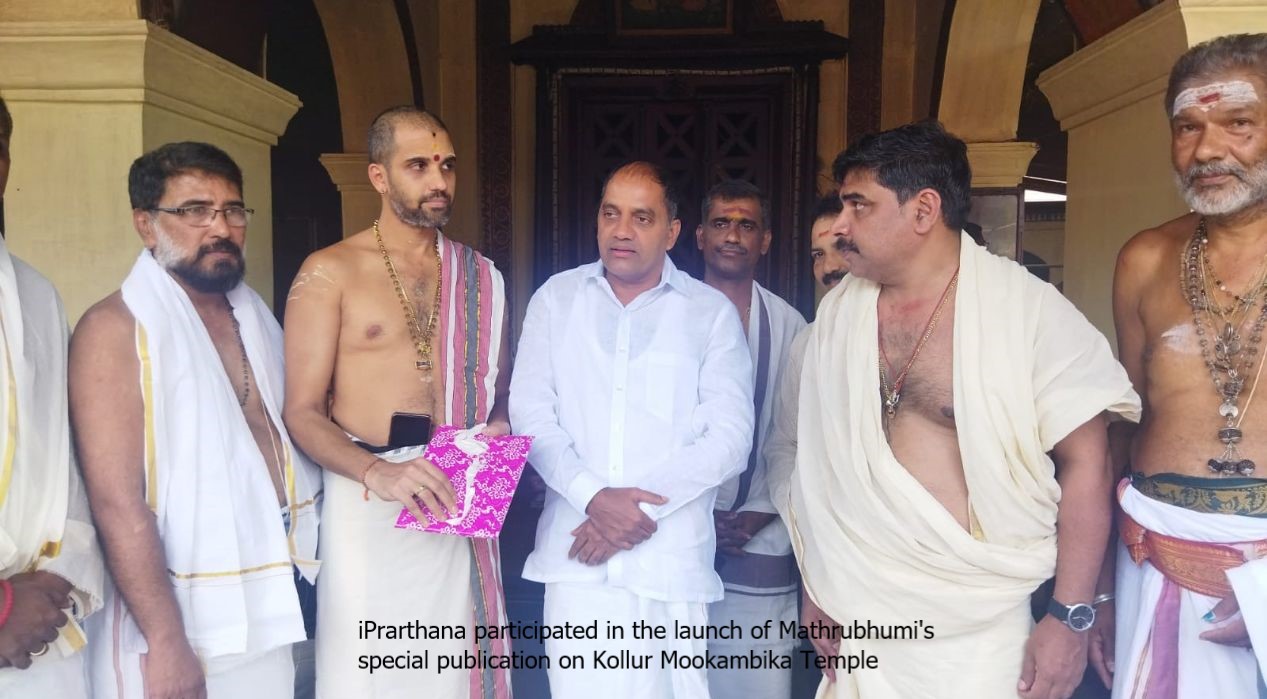
4
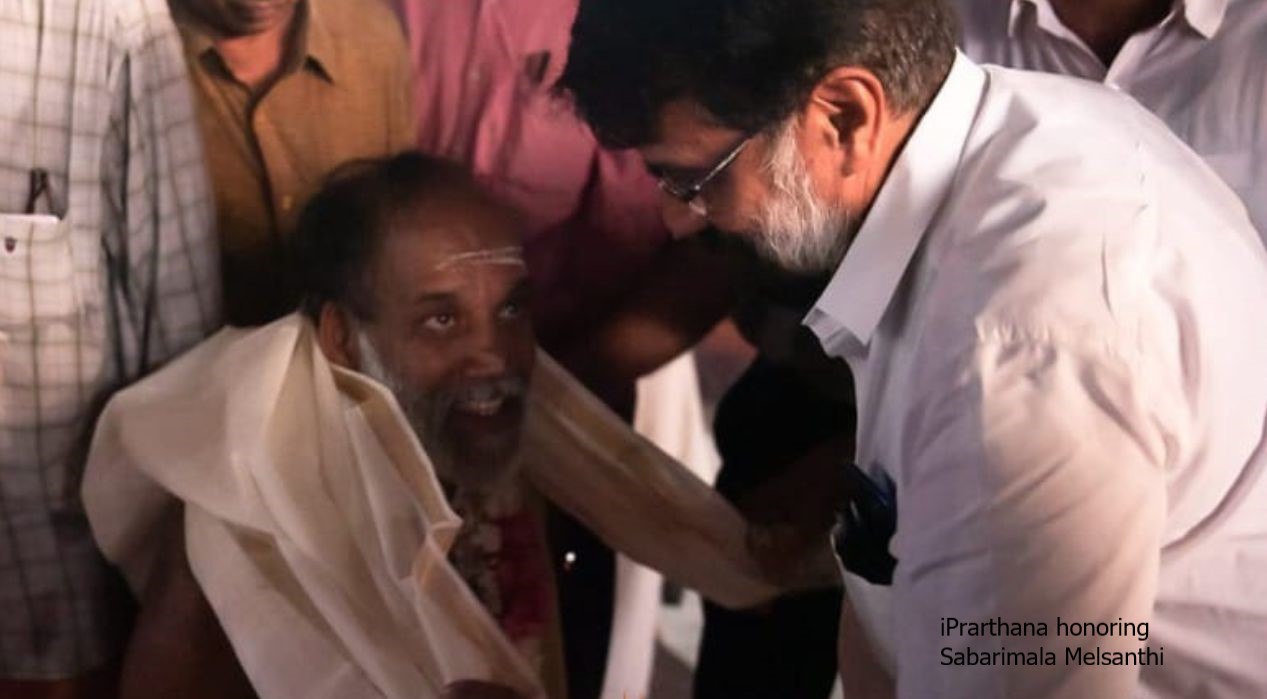
5

1
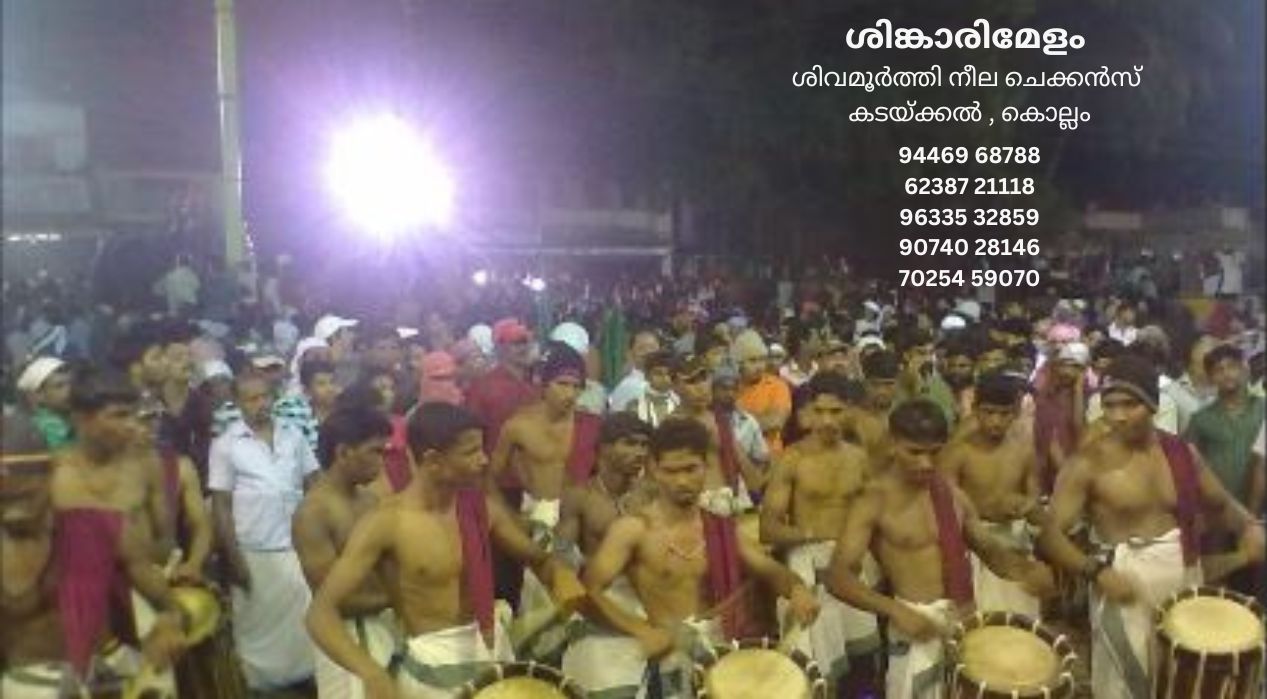
27Nov2022
